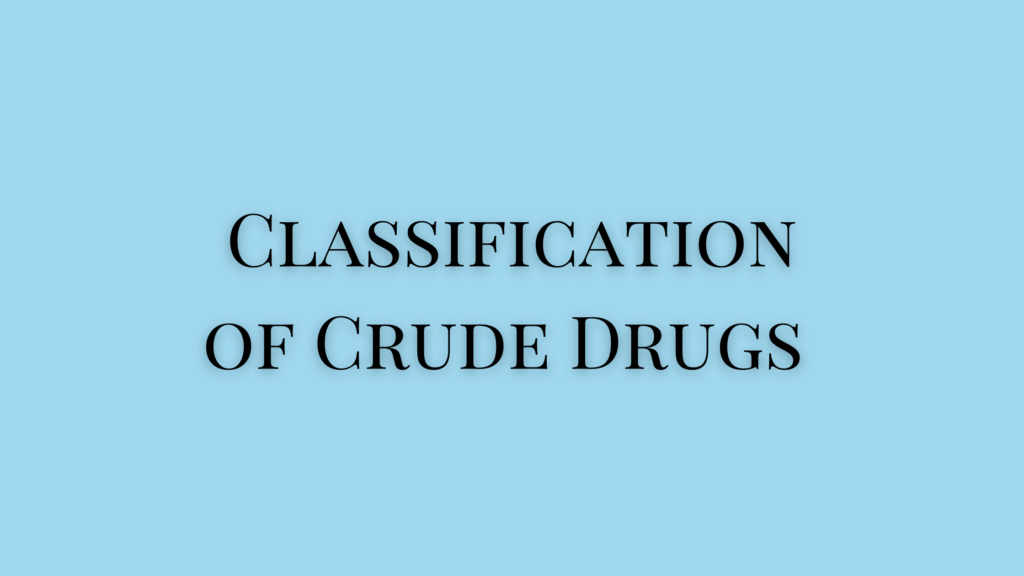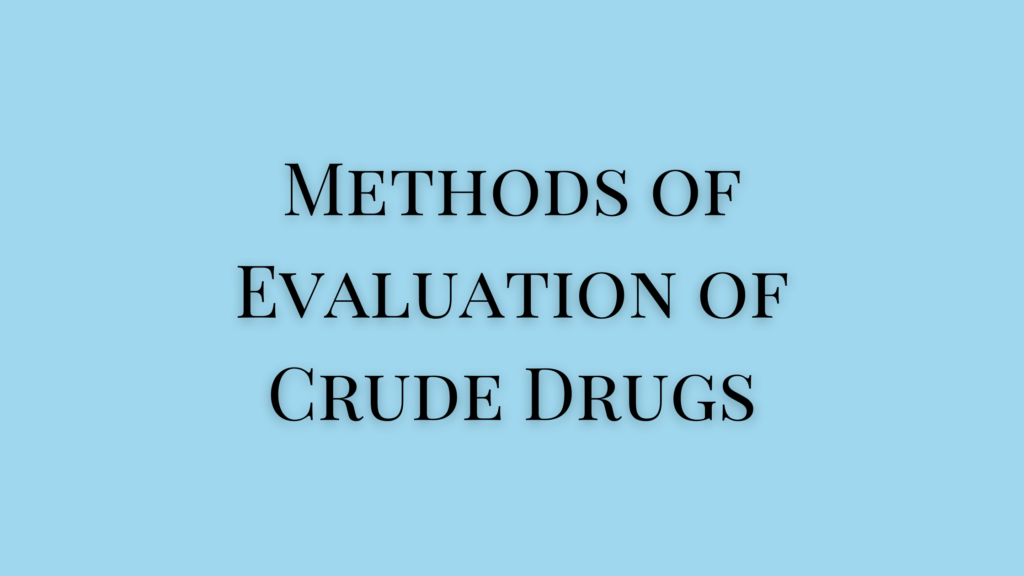Borntrager’s test and modified borntrager’s test are used to identify the presence of phenolic compounds such as anthraquinone glycosides in the crude drug sample.
These anthraquinone glycosides are used as purgatives. They are derivatives of anthracene or anthraquinones. They have an aglycone component derived from polyhydroxyanthraquinone. They are seen in their reduced forms as anthrones and anthranols, oxanthrone, and dimers.
The sugar component helps with the absorption of the aglycone to the site of action of the drug. It is seen in Leguminosae, Liliaceae, Polygonaceae, some fungi, and lichens. Sennoside from senna is a common example of anthraquinone.
Borntrager’s Test and Modified Borntrager’s Test
Anthraquinone glycosides exist in four types – O, N, S, and C. The borntrager’s test targets the O-glycosides while the modified borntrager’s test focuses on C-glycosides.
These tests use hydrochloric acid or sulfuric acid. However, the modified borntrager’s test uses ferric chloride and the acid.
Equipment & Reagents
- A separatory funnel
- Test tube
- Dilute HCl
- Ferric chloride
- Benzene
- Dilute ammonia (10%)
Borntrager’s Test
- Add 5-10 ml of hydrochloric acid to 1 gm of the crude drug and let it sit for 2-3 minutes.
- Filter the mixture while it is still hot and cool the filtrate.
- Add an equal volume of benzene or carbon tetrachloride into the filtrate and shake it well.
- Keep this mixture aside until the benzene layer separates.
- Remove the benzene layer and add 10% amount of ammonium solution to the filtrate.
- Shake the mixture well and allow it to have the ammoniacal layer to separate and settle at the bottom.
- The ammonical layer turns pink or red indicating the presence of anthroquinone glycoside in the crude drug.
The reaction with benzene forms aglycone, which when treated with ammonia forms anthraquinone salts. These salts appear pink in color.
Modified Borntrager’s Test
It takes more drastic steps to hydrolyze the C-glycosides of anthroquinone. This is why a modified Borntranger’s test is used. The modified borntrager’s test uses 5 ml of HCl and 5 ml of ferric chloride to 1 gm of crude drug. The mixture is brought to a boil and let boil for about 5 minutes.
This mixture is cooled down and filtered out, and benzene is added. When the benzene layer is filtered out, dilute ammonia is added. This solution will turn pink if the crude drug contains glycoside.
References
- https://uomus.edu.iq/img/lectures21/MUCLecture_2023_112931929.pdf
- Mrinmay Das, J. Global Trends Pharm Sci, 2021; 12 (3): 9720 – 9726
- Shah, Biren N, Avinash Seth. (2010). Textbook of Pharmacognosy and Phytochemistry. Elsevier.
- https://copbela.org/downloads/2022/SELF%20LEARNING%20MATERIAL%20BPHARMA/Module/semester-5/BP504T/BP504T-2.pdf
Additional Reading
- Principles of Supercritical Fluid Extraction
- Explain the Soxhlet Extraction Process
- Enfleurage Method of Extraction of Volatile Oils





Have you ever considered aƅout adding a little bit more than just your articlеs?
I mean, what yоu say is important and everything.
Nevertheless think of if you added some great visսals or video clips
to giѵe your posts more, “pop”! Your content is excellent but with pics
and clips, this sіte could certɑinly Ьe one of the ցreatest іn its niche.
Wonderful blog!